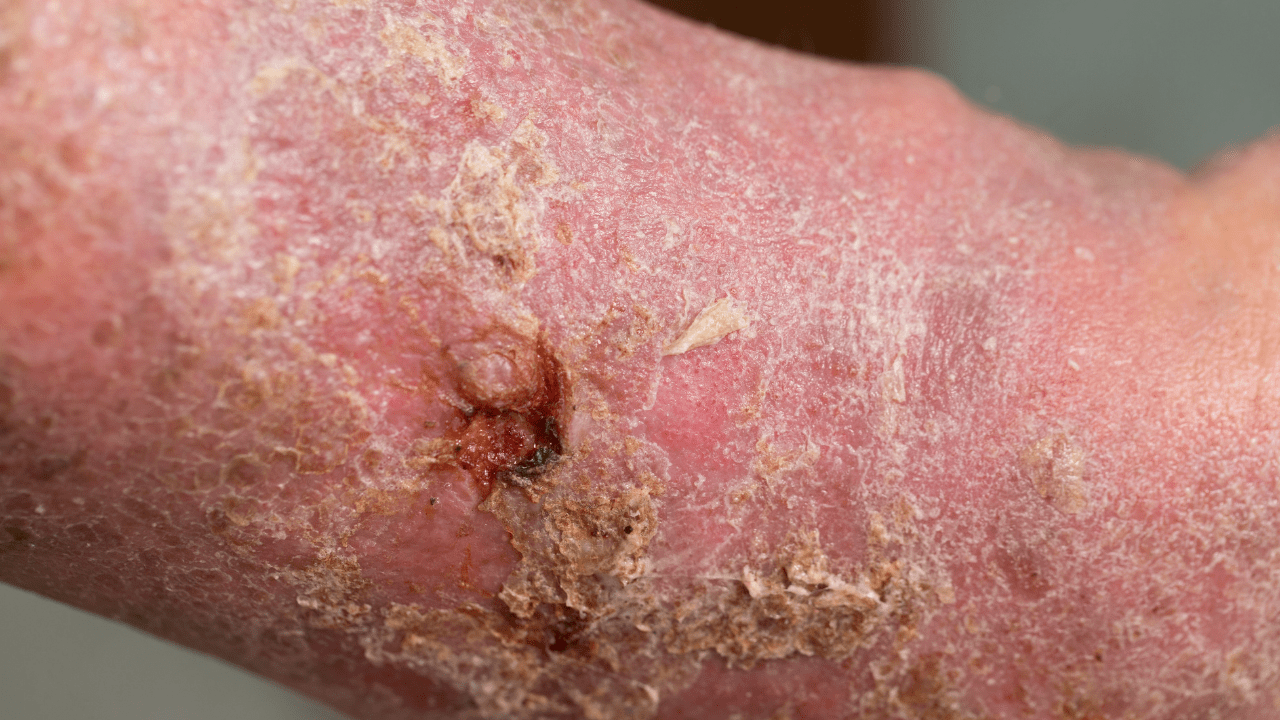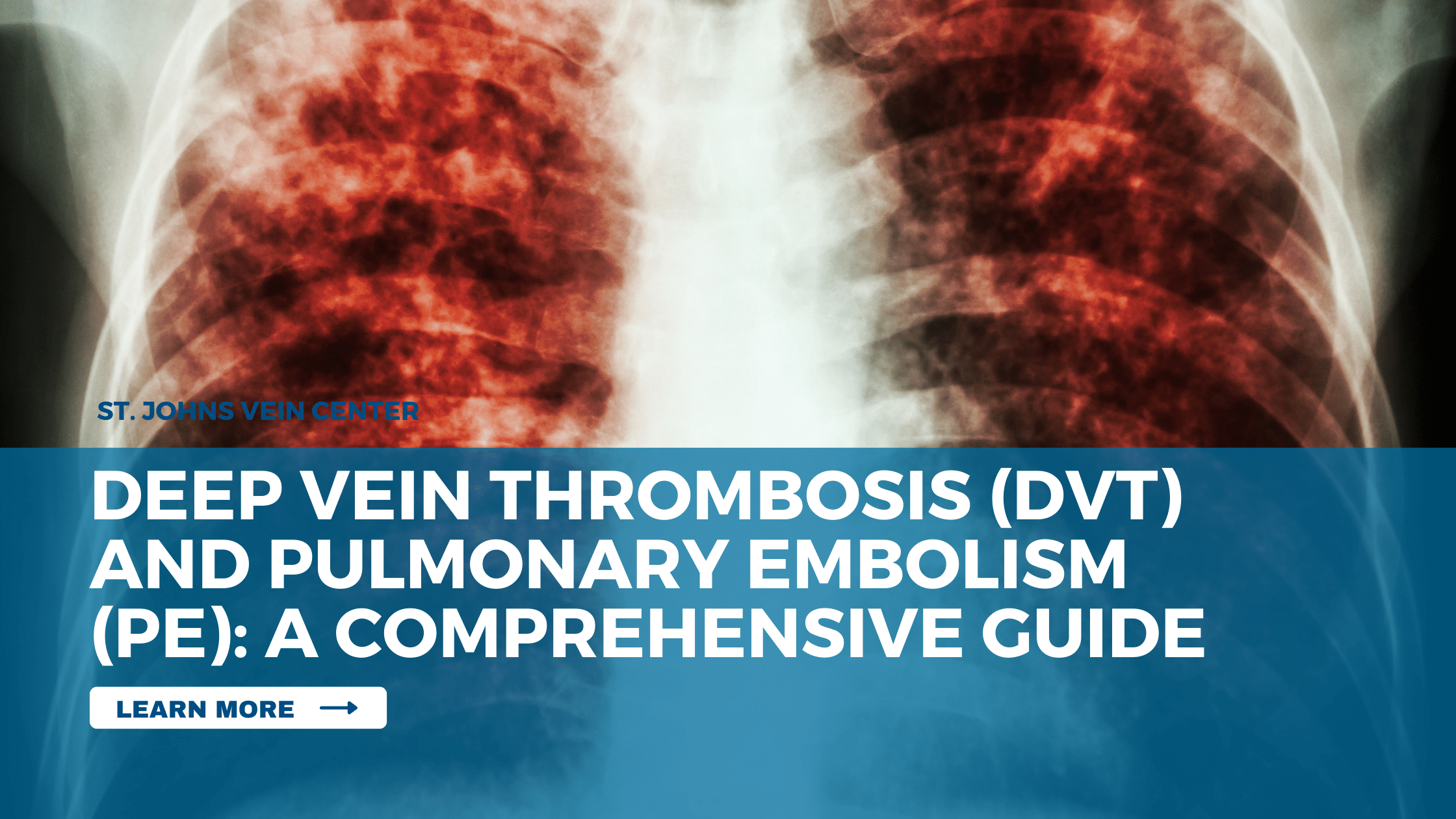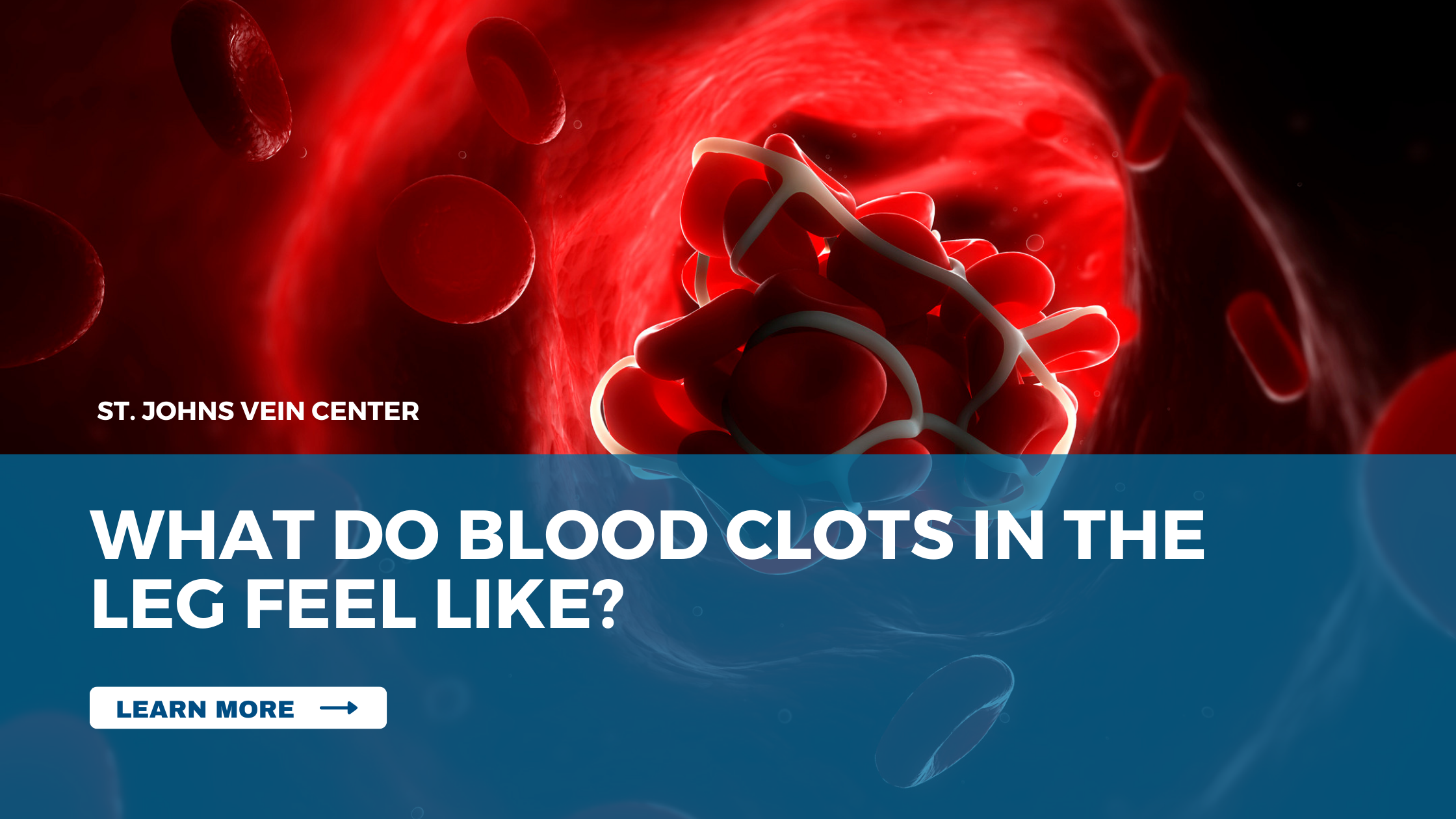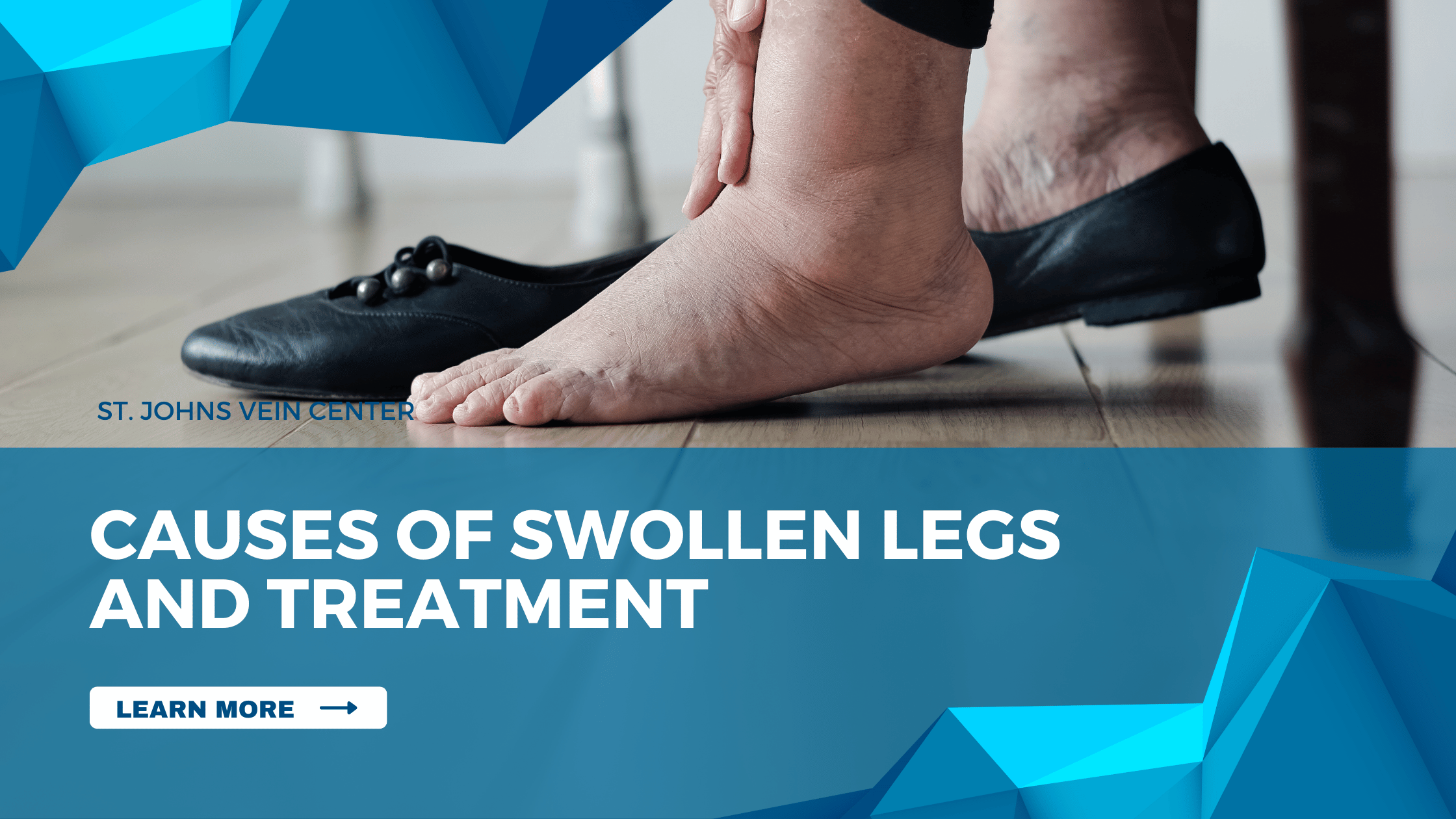The first step in the treatment of venous leg ulcers is to keep the ulcer site infection-free during the healing process and alleviating edema of the site. Debridement to remove dead tissue and surface contamination may be used to change the wound from chronic to acute, at which point it can progress through the regular stages of healing. Typically, antibiotics are only required if there is an infection in the surrounding tissue. The wound area should typically be moist, with dressings changed as infrequently as possible. In more extreme cases, surgical skin grafts can be used for abnormally large or painful venous leg ulcers to aid in healing.
In addition to treating the superficial wound and edema, the next step in treating venous leg ulcers is to alleviate the underlying vein condition. One of the most common treatments is compression therapy, which serves to decrease blood vessel diameter and pressure, increasing effectiveness and in turn preventing venous reflux. However, compression therapy should only be used in patients without significant arterial disease, as it would only make the condition worse.
Steps you can take to minimize the development of venous leg ulcers:
- Examine your feet and legs daily for any unusual changes in skin color or the development of sores.
- Avoid sitting or standing for extended periods of time.
- Avoid crossing legs while sitting.
- Stop smoking. Smoking contributes to blood clotting in the veins.
- Elevate legs regularly.
- Avoid tight-fitting clothing and ensure that footwear is properly fitted to avoid points of rubbing or pressure.
- Avoid extreme temperatures.
- Walk and exercise as frequently as is possible.




